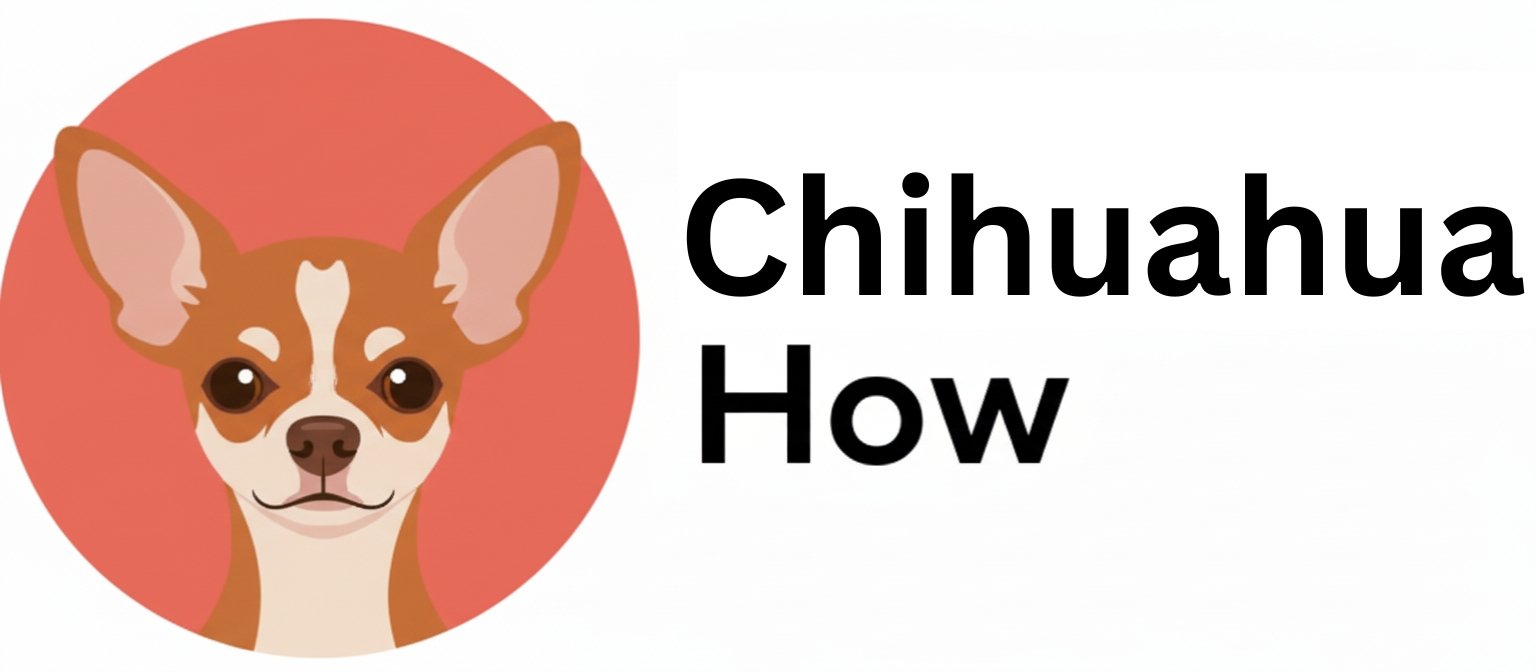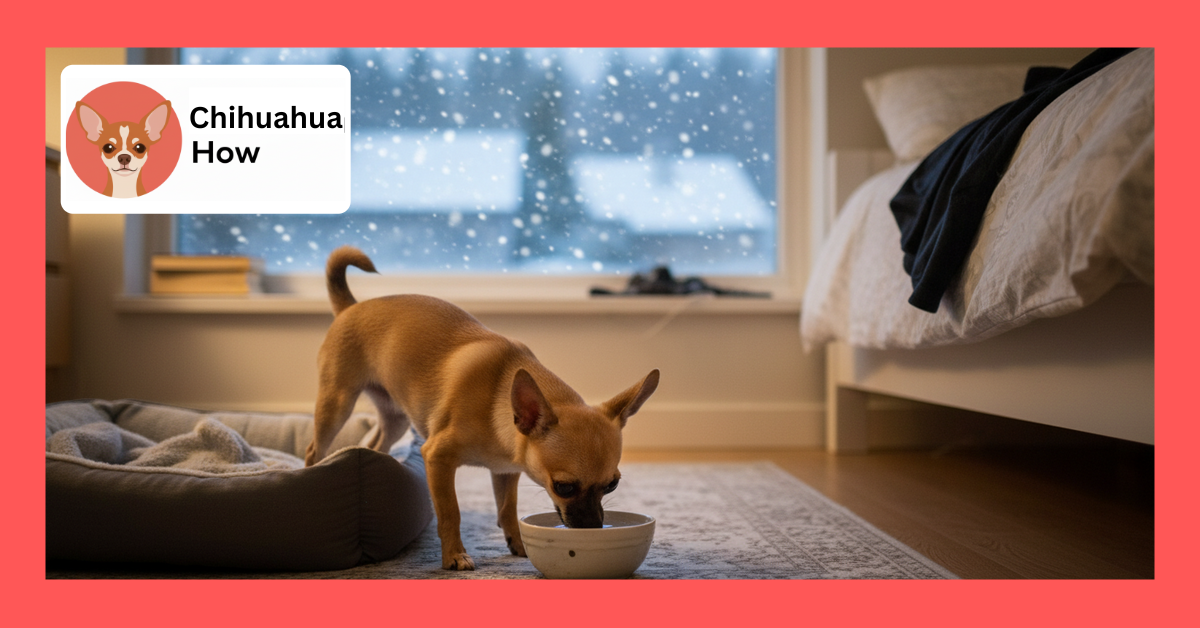Did you know that Chihuahuas are becoming unexpected stars in dog agility competitions, with toy breed participation in AKC events growing by 8% year-over-year? Despite their tiny stature, these pint-sized powerhouses possess the intelligence, energy, and quick reflexes that make them natural agility athletes.
A comprehensive Chihuahua agility training guide reveals that agility training transforms nervous, high-energy Chihuahuas into confident, well-behaved companions by channeling their natural instincts into positive outlets while strengthening the human-dog bond through structured teamwork.
This complete guide will walk you through every aspect of agility training specifically designed for Chihuahuas, from overcoming their unique temperament challenges to setting up safe home courses. Whether you’re dealing with a shy rescue or an overly excitable puppy, you’ll discover proven techniques that work specifically for small breeds.
Understanding Chihuahua Temperament for Agility Success
Chihuahuas possess distinct personality traits that significantly impact their agility training journey. Their natural alertness and high intelligence make them quick learners, but their tendency toward nervousness requires a specialized approach.
Unlike larger breeds, Chihuahuas often display fear-based reactions to new environments and obstacles. This nervousness stems from their size-related vulnerability, making confidence-building the cornerstone of successful training. Professional trainers emphasize that understanding these breed-specific traits prevents common training mistakes that can set back progress for months.
Key Temperament Considerations
- High energy levels: Chihuahuas need mental and physical stimulation to prevent destructive behaviors
- Alertness to surroundings: Their watchful nature can be channeled into focus during training sessions
- Size-related caution: Natural wariness of large obstacles requires gradual introduction
- Strong bonding tendency: Deep attachment to handlers creates excellent motivation for teamwork
Essential Equipment for Small Dog Agility Training
Proper equipment sizing makes the difference between successful training and potential injury. Standard agility equipment designed for larger dogs can intimidate or harm Chihuahuas, making breed-appropriate modifications essential.
Modern agility training emphasizes adjustable, safety-focused equipment that grows with your dog’s skills. The latest equipment innovations specifically address small breed needs through lower heights, narrower passages, and enhanced stability features.
| Equipment Type | Standard Size | Chihuahua Adaptation | Safety Features |
|---|---|---|---|
| Jumps | 24-36 inches | 4-8 inches | Lightweight bars, soft landing zones |
| Tunnels | 24-26 inch diameter | 16-20 inch diameter | Shorter length, reinforced openings |
| Weave Poles | 24 inches apart | 18-20 inches apart | Flexible poles, ground-level guides |
| A-Frame | 5-6 feet high | 3-4 feet high | Non-slip surfaces, gentler angles |
DIY Equipment Solutions
Creating home agility equipment doesn’t require expensive purchases. PVC pipes, foam pool noodles, and household items can create effective training obstacles when properly adapted for small dogs.
Step-by-Step Chihuahua Agility Training Method
Successful Chihuahua agility training follows a methodical progression that prioritizes confidence over speed. This proven approach addresses the unique needs of small, potentially nervous dogs while building skills systematically.
Phase 1: Foundation Building (Weeks 1-4)
- Establish basic commands: Ensure solid “sit,” “stay,” and “come” responses before introducing obstacles
- Create positive associations: Use high-value treats around equipment without requiring interaction
- Practice targeting: Teach your Chihuahua to touch specific objects on command
- Build confidence: Start with ground-level obstacles like low tunnels and raised platforms
Phase 2: Obstacle Introduction (Weeks 5-8)
During this phase, introduce one obstacle at a time using positive reinforcement. Never force your Chihuahua over or through obstacles, as this creates negative associations that are difficult to overcome.
- Low jumps: Begin with bars on the ground, gradually raising to 2-4 inches
- Short tunnels: Use treats to encourage exploration of collapsed or shortened tunnels
- Contact obstacles: Introduce ramps and platforms with non-slip surfaces
- Weave pole preparation: Practice walking between widely spaced poles
Phase 3: Skill Refinement (Weeks 9-12)
Focus on accuracy and enthusiasm rather than speed. Chihuahuas excel when they feel confident and excited about each obstacle rather than rushed through sequences.
Overcoming Common Chihuahua Agility Challenges
Every Chihuahua owner encounters specific challenges during agility training. Understanding these common issues and their solutions prevents frustration and ensures consistent progress.
Fear and Hesitation
Fear-based hesitation is the most common challenge in Chihuahua agility training. This typically manifests as refusal to approach obstacles, trembling, or seeking escape routes during training sessions.
Solution approach: Break obstacles into smaller components, reward any forward movement, and never use force or intimidation. Some Chihuahuas require weeks to fully accept new obstacles, and this patience pays dividends in long-term success.
Overexcitement and Loss of Focus
High-energy Chihuahuas may become so excited that they lose focus on commands and proper form. This excitement can lead to sloppy obstacle performance or safety issues.
Management strategies: Implement calm-down periods between obstacles, practice impulse control exercises, and ensure adequate physical exercise before training sessions to reduce excess energy.
Building Confidence Through Positive Reinforcement
Confidence-building forms the foundation of all successful Chihuahua agility training guide methodologies. Unlike punishment-based methods that can shut down sensitive Chihuahuas, positive reinforcement creates enthusiasm and willing participation.
Reward Timing and Selection
Proper reward timing makes the difference between effective communication and confused training sessions. Chihuahuas respond best to immediate rewards that clearly mark desired behaviors.
- High-value treats: Use special rewards reserved only for agility training
- Precise timing: Reward the exact moment your dog demonstrates desired behavior
- Varied reinforcement: Combine treats, praise, and play to maintain motivation
Safety Considerations for Small Dog Agility
Safety protocols for Chihuahuas differ significantly from those applied to larger breeds. Their delicate bone structure and size vulnerability require specific precautions that prevent both immediate injuries and long-term joint problems.
Physical Safety Measures
Jump heights should never exceed your Chihuahua’s elbow height, typically ranging from 4-8 inches for most adults. Surfaces must provide adequate grip without being abrasive to small paw pads.
Weather considerations are crucial, as Chihuahuas and cold weather don’t mix well – they lose body heat rapidly and can become hypothermic in cool conditions. Indoor training or heated outdoor spaces ensure consistent training schedules regardless of season.
Injury Prevention Strategies
- Proper warm-up: Begin each session with gentle movement and stretching
- Surface evaluation: Ensure all training areas provide secure footing
- Equipment inspection: Check for loose parts or sharp edges before each use
- Gradual progression: Avoid sudden increases in difficulty or duration
Advanced Training Techniques and Competition Preparation
Once your Chihuahua masters basic obstacles, advanced techniques can elevate their performance and prepare them for competitive events. These methods focus on precision, speed, and complex sequencing while maintaining the confidence-first approach.
Advanced training introduces multiple obstacle sequences, directional commands, and distance handling. However, the small size advantage allows for unique training opportunities that larger dogs cannot replicate.
Sequence Training
Building obstacle sequences requires careful attention to your Chihuahua’s stamina and attention span. Start with simple two-obstacle combinations before progressing to full course sequences.
The key to successful sequence training lies in maintaining enthusiasm throughout the entire course rather than just individual obstacles. This requires strategic reward placement and energy management.
Conclusion
Mastering Chihuahua agility training transforms both dog and owner through a journey of confidence-building, skill development, and deepened partnership. The key lies in understanding your Chihuahua’s unique temperament needs while providing safe, appropriately sized equipment and patient, positive training methods.
Remember that every Chihuahua progresses at their own pace, and success is measured by increased confidence and enthusiasm rather than competition standards. With consistent application of these proven techniques, your tiny companion can achieve remarkable agility skills while developing into a more confident, well-behaved family member.
Start with foundation exercises today, and watch your Chihuahua discover their hidden athletic potential through the exciting world of agility training.
Frequently Asked Questions
What age should I start agility training with my Chihuahua?
Begin basic agility training around 12-16 weeks old, focusing on confidence-building and simple obstacles. Avoid jumping until growth plates close around 12-18 months. Early socialization and basic obedience provide the foundation for future agility success.
How high should jumps be for Chihuahua agility training?
Chihuahua jumps should never exceed elbow height, typically 4-8 inches for adults. Start with bars on the ground and gradually increase height as confidence builds. Competition height is usually 8 inches maximum for dogs under 14 inches tall.
Can nervous or rescue Chihuahuas learn agility training?
Yes, agility training often helps nervous Chihuahuas build confidence when approached patiently. Start with ground exercises, use high-value rewards, and progress extremely slowly. Many rescue Chihuahuas thrive with the structure and positive attention agility provides.
What equipment do I need to start Chihuahua agility at home?
Basic home equipment includes low jumps (PVC and pool noodles), short tunnels, raised platforms, and weave poles spaced 18-20 inches apart. Many items can be DIY projects using household materials adapted for small dog safety requirements.
How long should Chihuahua agility training sessions last?
Keep sessions short and positive, typically 10-15 minutes for beginners and up to 20 minutes for advanced dogs. Chihuahuas have shorter attention spans and tire more quickly than larger breeds. Multiple brief sessions work better than single long training periods.
Is agility training safe for senior Chihuahuas?
Senior Chihuahuas can participate in modified agility with veterinary approval. Focus on low-impact obstacles, reduce jump heights, and emphasize mental stimulation over physical demands. Gentle agility helps maintain mobility and provides mental enrichment for older dogs.
What are the most common mistakes in Chihuahua agility training?
Common mistakes include using equipment sized for larger dogs, rushing progression, forcing fearful dogs over obstacles, and focusing on speed over confidence. Training too long or in unsuitable weather conditions also frequently leads to setbacks in small dog agility programs.

